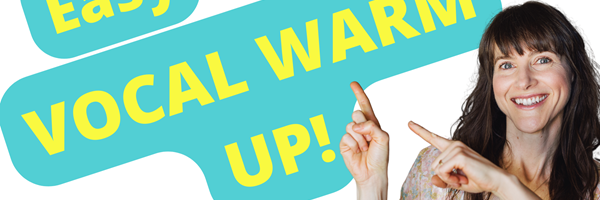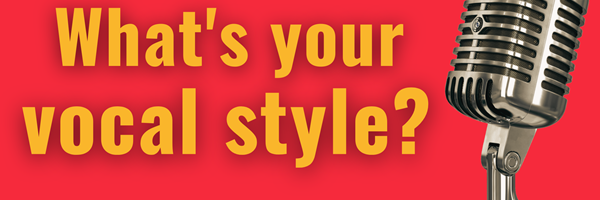Many of my clients ask me how they can sound more like a native speaker. Even if you know how to pronounce all of the vowels and consonants of English, you may not sound as natural as a native speaker when you’re talking in a conversation. One of my clients put it this way: “I hear my friends when they speak, and I know they’re talking differently than me...but I don’t know what they are doing or how to do it.”
Native speakers of English can talk fast, and the way they pronounce words in a conversation can be very different from how they say it slowly. This makes it challenging for you as an English learner because you may not know what the native speaker is doing when they’re talking (like my client in the example above). And if you don’t know what to listen for, it may make it difficult for you to improve in this area.
So what are native speakers doing when they talk in conversation? Why do they do it? And how can you learn how to do it, too?
Spoken English tends to squeeze all the words together so that it sounds like one long word. Spoken English isn’t choppy, where you say each individual word by itself with distinct articulatory boundaries between the words. Listen to these examples of choppy speech versus flowing, natural speech.
Instead, English speakers use linking to connect words together and sound reductions to make the words flow in a more efficient way. English speakers also use stress and intonation to add meaning to the message and keep the listener engaged. Accurate pronunciation of vowels and consonants will certainly help you sound clear (which is important!), but you must also practice these other areas of speech if you want to sound more natural.
Here are 5 ways to improve your spoken American English and sound more like a native speaker:
1) Linking. Linking refers to the way we connect words together in spoken English. This helps the message sound continuous and smooth. Listen to me say this sentence: I want to buy him a pizza. How do I link the words together so they flow together?
All of the words are connected in this sentence, but I used specific techniques to link some of these words together:
-
want to: I used a glottal /t/ at the end of “want” to more efficiently link to the next sound, an aspirated /t/ in the word “to”
-
buy him: I linked the /a͡ɪ/ in “buy” to the next word “him” (but I dropped the /h/ on “him” - see below), to say “buyum”
-
him a: I linked the /m/ from “him” to the next word “a” to say “umma”.
2) Reducing sounds. Reducing sounds refers to the way native speakers will change the way a sound is pronounced, or drop the sound altogether, especially if it is in an unstressed syllable. Let’s use the same sentence: I want to buy him a pizza. Listen to how I reduce some of the words and sounds:
-
I want to: I reduced this phrase to “I wanna”
-
him: I dropped the /h/ in “him” to say “um”
-
a: I reduced the vowel /e͡ɪ/ to the schwa /ə/ to say “uh”
3) Syllable and word stress. In spoken English, syllable and word stress can carry a lot of the meaning of the sentence. In fact, if you put the stress in the wrong place, you can completely change the meaning of the word (Example: A hot dog is an overheated canine, but a hot dog is something you eat. )

This is a hot dog.

This is a hot dog.
Let’s continue with the sentence: I want to buy him a pizza. Which syllables and words have the stress?
-
I added stress to the words “want to” (or “wanna”) and pizza. Within the word “pizza”, I added stress to the first syllable.
4) Intonation. Intonation refers to the melody of speech - the rise and fall of the voice. Intonation is a huge part of spoken English because it carries so much of the meaning behind the words you say. Intonation is also one of the most important factors in helping you sound natural, like a native speaker. I’m going to say the sentence I want to buy him a pizza three times. Listen to my intonation patterns - what do you think I’m trying to convey with each reading?
Answers: First reading: Neutral; Second reading: Excited; Third reading: Sarcastic
5) Practice! Find a recording of a native English speaker - TedTalks has many audio/video recordings of speakers, plus access to the transcription of what they say. Print out the transcription and follow along as you listen to the recording. Now that you know what to listen for, you should be able to hear the elements that native speakers are using. Take notes based on what you hear, focusing on the linking, sound reductions, syllable and word stress, and intonation. Then play back the recording (at least 3 times) and repeat what you hear.
Let me know if you’d like more help with sounding more like a native English speaker, and good luck with your practicing!
And I'd love to hear from you - contact me to learn how we can work together to perfect your American English pronunciation!



